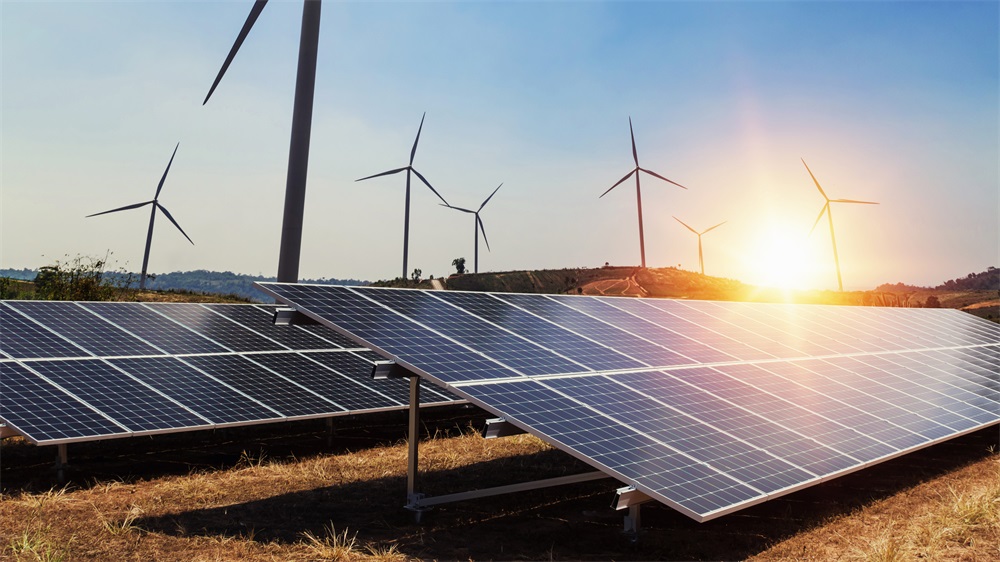PV Battery Storage: A Guide to Sustainable Energy Solutions

As the world transitions to more sustainable energy sources, integrating PV (photovoltaic) battery storage systems into residential and commercial settings becomes increasingly important. These systems boost energy efficiency while significantly reducing electricity costs and environmental impact. This comprehensive guide covers everything you need to know about PV battery storage, from its basics to its future potential.
Part 1: What is PV Battery Storage?
PV battery storage systems store the electricity generated by solar panels for later use. This is essential for maximizing solar energy benefits, especially when sunlight is not available. By storing excess energy, these systems provide a continuous power supply, making solar energy a more reliable and practical option.
Part 2: The Basics of Photovoltaic Systems
Before delving into PV battery storage specifics, it’s important to understand the basics of photovoltaic systems. Photovoltaic (PV) systems convert sunlight directly into electricity using solar panels composed of many solar cells, typically made from silicon, which generate electric current when exposed to sunlight.
Part 3: How Does PV Battery Storage Work?
PV battery storage systems capture and store excess electricity produced by solar panels. Here’s a simplified breakdown of the process:
-
Solar Panels Generate Electricity: During the day, solar panels convert sunlight into direct current (DC) electricity.
-
Conversion to Alternating Current: An inverter converts DC electricity to alternating current (AC), which home appliances can use.
-
Storing Excess Energy: Surplus electricity is directed to the batteries for storage.
-
Using Stored Energy: When solar panels aren’t producing enough electricity (e.g., at night or during cloudy days), the stored energy is released from the batteries to power the home.
Part 4: Types of PV Batteries
Several types of batteries are used in PV storage systems, each with its advantages and disadvantages:
-
Lead-Acid Batteries: One of the oldest and most established types, lead-acid batteries are relatively inexpensive and widely available but have a shorter lifespan and lower energy density than newer technologies.
-
Lithium-ion Batteries: Currently the most popular choice for PV storage systems, lithium-ion batteries offer high energy density, longer lifespan, and better efficiency. However, they are more expensive than lead-acid batteries.
-
Flow Batteries: A newer technology that stores energy in liquid electrolytes, flow batteries offer scalability and long cycle life. However, they are generally more expensive and less compact than lithium-ion batteries.
Part 5: Benefits of PV Battery Storage
PV battery storage systems offer numerous benefits for both homeowners and businesses:
-
Energy Independence: Storing excess solar energy reduces dependence on the grid, lowering electricity bills and providing a reliable power source during outages.
-
Environmental Impact: Using stored solar energy reduces the need for fossil fuel-generated electricity, lowering your carbon footprint and contributing to a cleaner environment.
-
Cost Savings: Although the initial investment in PV battery storage can be high, long-term savings on electricity bills can be substantial. Many regions also offer incentives and rebates for installing solar energy systems.
-
Enhanced Grid Stability: On a larger scale, PV battery storage systems help stabilize the grid by reducing peak demand and providing backup power during outages.
Part 6: Critical Considerations for Installing PV Battery Storage
When considering a PV battery storage system, several factors should be taken into account:
-
System Size and Capacity: The size and capacity of your PV battery storage system should match your energy consumption patterns, involving calculating your average daily energy usage and determining how much storage you need during low solar generation periods.
-
Battery Lifespan and Warranty: Different battery types have varying lifespans and warranties. Consider the battery’s expected lifespan and the manufacturer’s warranty to ensure long-term reliability and performance.
-
Installation and Maintenance Costs: While the cost of the battery itself is significant, also consider installation and ongoing maintenance costs. Professional installation is crucial for efficient and safe system operation.
-
Local Incentives and Regulations: Many regions offer incentives, rebates, and tax credits for installing PV battery storage systems. Researching and taking advantage of these opportunities can reduce investment costs.
Part 7: PV Battery Storage Case Studies
Real-world examples of successful PV battery storage implementations provide valuable insights:
-
Residential Setup in California: A homeowner in California installed a PV battery storage system to reduce electricity bills and ensure reliable power during frequent outages. The system has met their energy needs, providing significant cost savings and environmental benefits.
-
Commercial Installation in Germany: A commercial building in Germany integrated a large-scale PV battery storage system to manage energy consumption more efficiently. The system has helped reduce peak demand charges, lower electricity costs, and contribute to the country’s renewable energy goals.
-
Community Microgrid in Australia: An Australian community developed a microgrid with PV battery storage to enhance energy resilience and reduce reliance on the national grid. The project has improved local energy security and demonstrated the potential of community-based renewable energy solutions.
Next:CATL officially launches commercial power battery brand - 4C overcharging and 500km live range
Previous:EVE LEV Solutions Shine at EUROBIKE 2024
